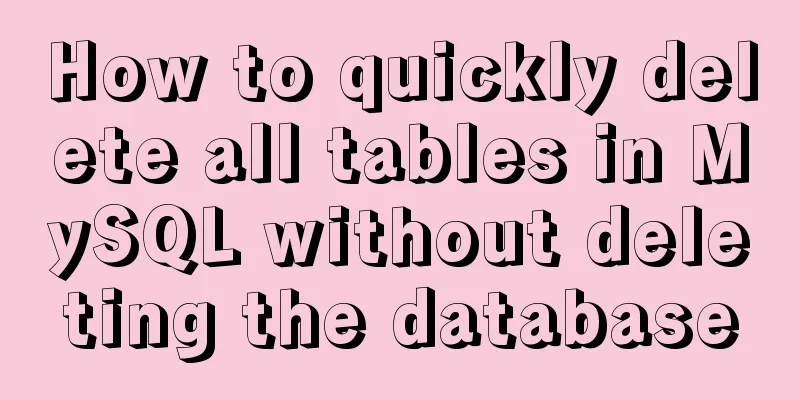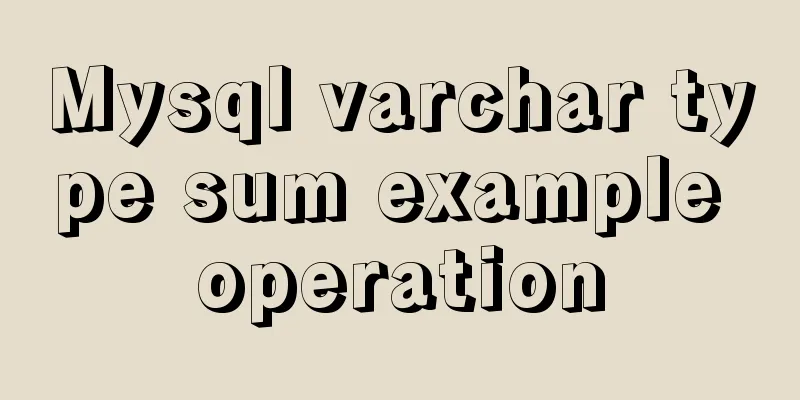CentOS7 deployment Flask (Apache, mod_wsgi, Python36, venv)

|
1. Install Apache # yum install -y httpd httpd-devel # systemctl start httpd.service # Start # systemctl stop httpd.service # Shutdown # systemctl restart httpd.service # Restart # systemctl enable httpd.service # Start automatically at boot Open port 80 on the firewall # firewall-cmd --zone=public --add-port=80/tcp --permanent # firewall-cmd --reload Open Apache, and the external network can access Apache's default page through IP 2. Install Python36, pip3, and virtualenv # yum install -y epel-release # yum install -y python36 # python36 -V Python 3.6.6 # yum install -y python36-setuptools # easy_install-3.6 pip # pip3 -V pip 18.1 from /usr/local/lib/python3.6/site-packages/pip-18.1-py3.6.egg/pip (python 3.6) # pip3 install virtualenv 3. Create a project Create a flask project (the simplest, a project folder, a startup file) # mkdir /var/www/flask_test # Project folder# vi /var/www/flask_test/app.py # Startup file Example of startup file:
from flask import Flask, request
app = Flask(__name__)
@app.route('/')
def hello_world():
return 'Hello World'
@app.route('/hello')
def hello():
name = request.args.get('name','')
return 'Hello ' + name + '!'
if __name__ == '__main__':
app.run()Create a virtual environment in the project folder and install flask # cd /var/www/flask_test # virtualenv py3env # Create a virtual environment # source py3env/bin/activate # Enter the virtual environment (py3env) # pip install flask # Install flask (py3env) # deactivate # Exit the virtual environment 4. Install mod_wsgi with pip in a virtual environment # yum install -y python36-devel.x86_64 # A dependency. If it is not installed, pip will report an error below. . # source py3env/bin/activate # Enter the virtual environment (py3env) # pip install mod_wsgi # Install mod_wsgi (py3env) # mod_wsgi-express install-module # Execute the command and copy the output LoadModule wsgi_module "/usr/lib64/httpd/modules/mod_wsgi-py36.cpython-36m-x86_64-linux-gnu.so" WSGIPythonHome "/var/www/flask_test/py3env" (py3env) # deactivate # Exit the virtual environment Modify Apache configuration # vi /etc/httpd/conf/httpd.conf Copy the line obtained above and add it to the end of the configuration file Copy the code as follows: LoadModule wsgi_module "/usr/lib64/httpd/modules/mod_wsgi-py36.cpython-36m-x86_64-linux-gnu.so" 5. Configure mod_wsgi # vi /var/www/html/flask_test/app.wsgi Write the following (according to: https://dormousehole.readthedocs.io/en/latest/deploying/mod_wsgi.html) activate_this = '/var/www/flask_test/py3env/bin/activate_this.py' with open(activate_this) as file_: exec(file_.read(), dict(__file__=activate_this)) import sys sys.path.insert(0, '/var/www/flask_test') from app import app as application Configure Apache # vi /etc/httpd/conf/httpd.conf Write the following (according to: https://dormousehole.readthedocs.io/en/latest/deploying/mod_wsgi.html#id1)
<VirtualHost *:80>
ServerName example.com
WSGIScriptAlias / /var/www/flask_test/app.wsgi
<Directory /var/www/flask_test>
Require all granted
</Directory>
</VirtualHost> OK, start Apache, and you can access the web page through the IP of this server Test some two paths written in app.py
The above is the full content of this article. I hope it will be helpful for everyone’s study. I also hope that everyone will support 123WORDPRESS.COM. You may also be interested in:
|
<<: Detailed example of MySQL exchange partition
>>: MySQL deduplication methods
Recommend
Detailed explanation of chmod command usage in Linux
chmod Command Syntax This is the correct syntax w...
MySQL common statements for viewing transactions and locks
Some common statements for viewing transactions a...
Pull-down refresh and pull-up loading components based on Vue encapsulation
Based on Vue and native javascript encapsulation,...
The difference and introduction of ARGB, RGB and RGBA
ARGB is a color mode, which is the RGB color mode...
Application of mapState idea in vuex
Table of contents 1. Map method 2. Application ba...
HTML form tag usage learning tutorial
Forms in HTML can be used to collect various type...
A brief introduction to MySQL functions
Table of contents 1. Mathematical functions 2. St...
Super detailed basic JavaScript syntax rules
Table of contents 01 JavaScript (abbreviated as: ...
A brief analysis of kubernetes controllers and labels
Table of contents 01 Common controllers in k8s RC...
Comprehensive understanding of HTML Form elements
As shown below: XML/HTML CodeCopy content to clip...
Some pitfalls of JavaScript deep copy
Preface When I went to an interview at a company ...
Implementation of Mysql User Rights Management
1. Introduction to MySQL permissions There are 4 ...
Common structural tags in XHTML
structure body, head, html, title text abbr, acro...
MySQL SQL statement performance tuning simple example
MySQL SQL statement performance tuning simple exa...
Several ways to solve the 1px border problem on mobile devices (5 methods)
This article introduces 5 ways to solve the 1px b...











